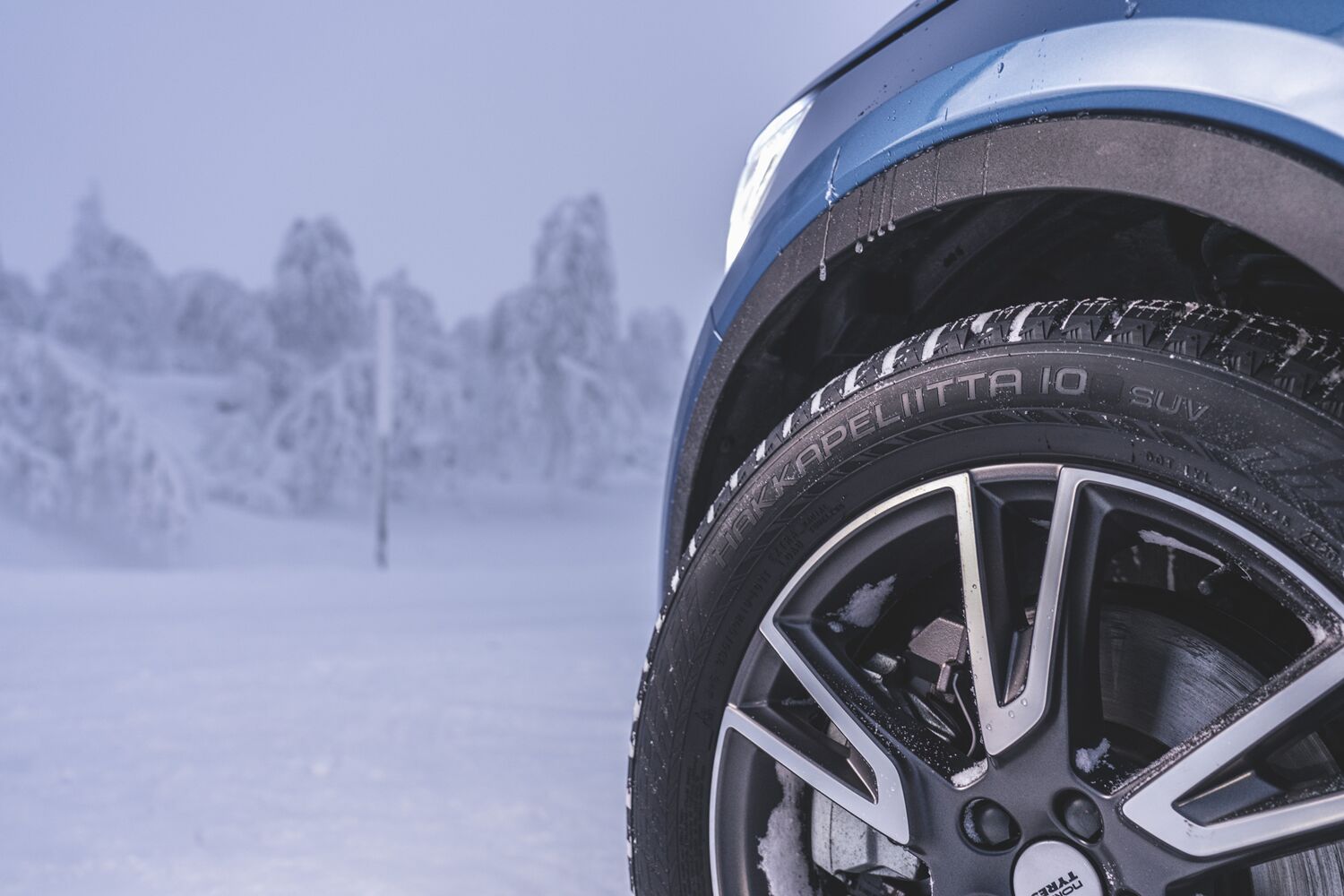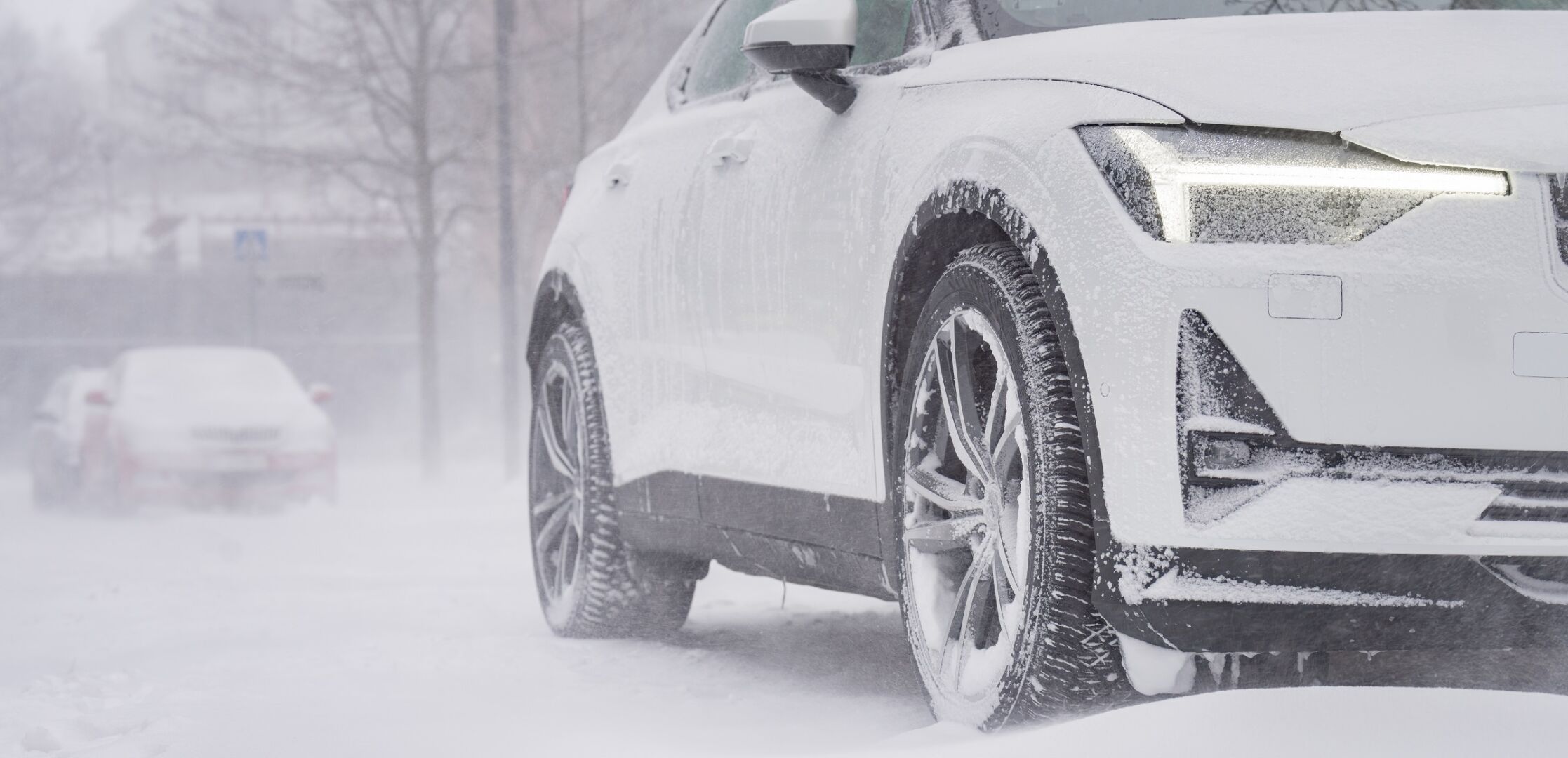
Tire rolling resistance influences the fuel consumption of your vehicle. Read more about economical low rolling resistance tires and how to identify low rolling resistance tires.
Low rolling resistance tires play a crucial role in enhancing your vehicle’s fuel economy. Discover more about economical, fuel‐efficient, low rolling resistance tires and learn how to identify them. Increasingly, drivers are focused on reducing fuel consumption—whether driven by rising fuel costs or environmental concerns. By choosing tires engineered with low rolling resistance, you not only save on fuel but also contribute to a greener drive. Here’s how to identify low rolling resistance tires and how they help you conserve fuel.
Tire rolling resistance and fuel economy
Low rolling resistance tires are designed to minimize the energy required to move your vehicle. It takes great force to get your vehicle to move, and also to keep it moving. Your tires are the only point of contact with the road surface, so they play an enormous role in how much energy is required to move the vehicle. The more resistance there is for the wheels to roll, the more fuel is needed. Here’s how low rolling resistance tires help you save fuel:
Tread design
At Nokian Tyres, we have refined our tread designs over time to reduce rolling resistance without compromising performance. Even aggressive tread patterns can be engineered to deliver low rolling resistance while maintaining high traction. The Nokian Tyres Hakkapeliitta R5 winter tire offers the lowest rolling resistance in our portfolio, along with the highest traction and exceptional grip - and an aggressive tread pattern. The Nokian Tyres Hakkapeliitta R5 demonstrates that safety and fueld efficiency can go hand in hand. We strive to find the balance between economical driving and road safety in each of our products.
Smaller contact area
The tire’s contact area with the ground, or its footprint, significantly affects rolling resistance. Low rolling resistance tires often feature a narrower footprint, which reduces friction between the tire and the road. However, manufacturers must carefully balance this design to ensure that performance and safety remain uncompromised.
Lighter tire weight
Reducing the tire’s weight is another proven strategy for lowering rolling resistance. Lighter tires require less energy to roll, enhancing fuel efficiency and providing a more responsive driving experience—key advantages of well-designed, low rolling resistance tires.

Stiff sidewalls
Firm, well-engineered tire sidewalls can also make a notable difference. By stiffening the tire’s sidewall, deformation under the vehicle’s load is minimized, leading to lower rolling resistance. Preventing tire deformation can also lead to better fuel economy. We design our tire sidewalls through intensive research and development and rigorous tire testing. Nokian Tyres employs advanced Aramid Technology to reinforce many of our products' sidewalls, striking the ideal balance between comfort and handling properties, while maintaining the efficiency of low rolling resistance tires.
Rubber compound
The rubber compound selected for tire manufacturing is critical in shaping overall performance. For low rolling resistance tires, manufacturers choose advanced compounds optimized for energy efficiency and durability. In winter tires, these specialized rubber formulations not only reduce rolling resistance but also ensure the tire remains flexible and delivers superior grip in cold conditions.
Better fuel economy with premium tires
The benefits of low rolling resistance tires include improved fuel economy, lower fuel costs and minimized environmental impact. With enhanced fuel efficiency, you get more miles from every tank of gas, making your drive both economical and eco-friendly. Visit your local Nokian Tyres dealer to learn more about our range of premium, fuel-efficient, low rolling resistance tires.
Please remember that it is the driver’s responsibility to ensure their tires are safe and suitable for their vehicle and to follow the vehicle’s manufacturer´s guidelines for proper use and maintenance. Consult your closest Nokian Tyres dealer or your vehicle’s manufacturer for specific advice.


